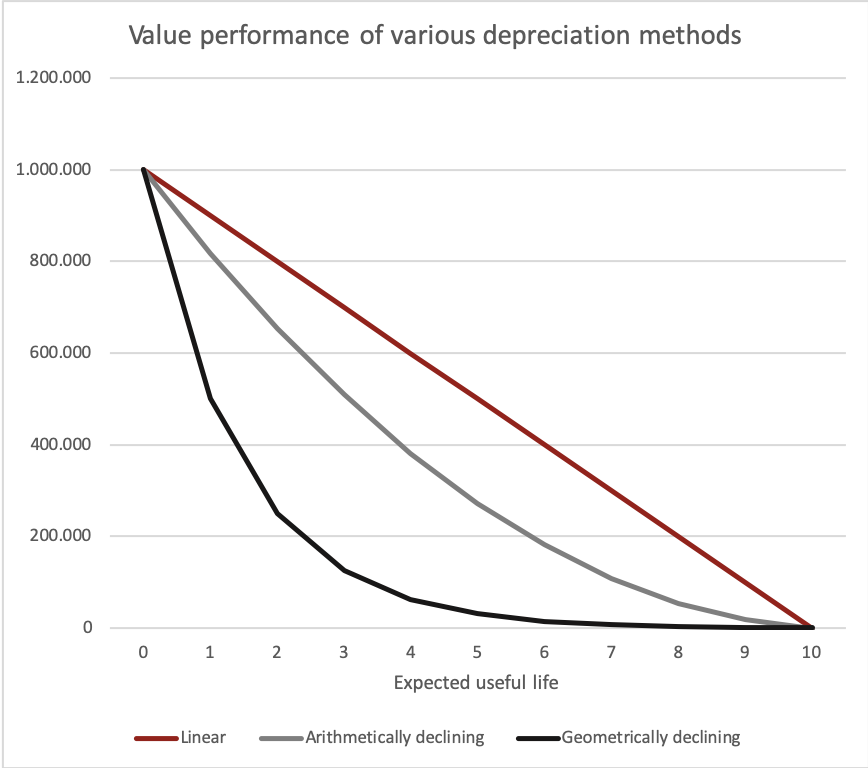How to value machinery – The methodology
Machinery inventory
As already explained, the first thing we look at is the summary of fixed assets, because it gives us an initial orientation about the size, age, type and composition of the machinery and operating equipment.
Physical inventory
Next, we come around and look at the company or the machinery and equipment being assessed. We call this a “physical inventory” and we always do this. Without exception.
A pure “desk assessment” without ever having seen the object of assessment is not possible in our eyes. With our “seal”, we assume responsibility and ultimately liability for the correctness of the values determined.
In the event of fire damage, for example, this can be crucial to the existence of a company. Only if you can prove that your sum insured is correct you will be entitled to full compensation. If you want to learn more about the existential importance of the right sum insured, we recommend these articles.
At the end of the day, you pay us so that you can sleep soundly, are adequately insured and don’t have to “blow your top” in court, at the tax office or in the event of a claim. And that is why we look at what we value.
Depending on the value we determine, however, other aspects are relevant for us during the “inspection”.
If, for example, we are determining the replacement value for insurance purposes, we are primarily interested in everything that belongs to the business, regardless of legal ownership, but according to the insurance conditions (at the latest at this point, every summary of fixed assets fails).
In the case of market value, on the other hand, we are interested in the technical condition, age, mileage to date, maintenance, upgrades that have been carried out, and so on.






